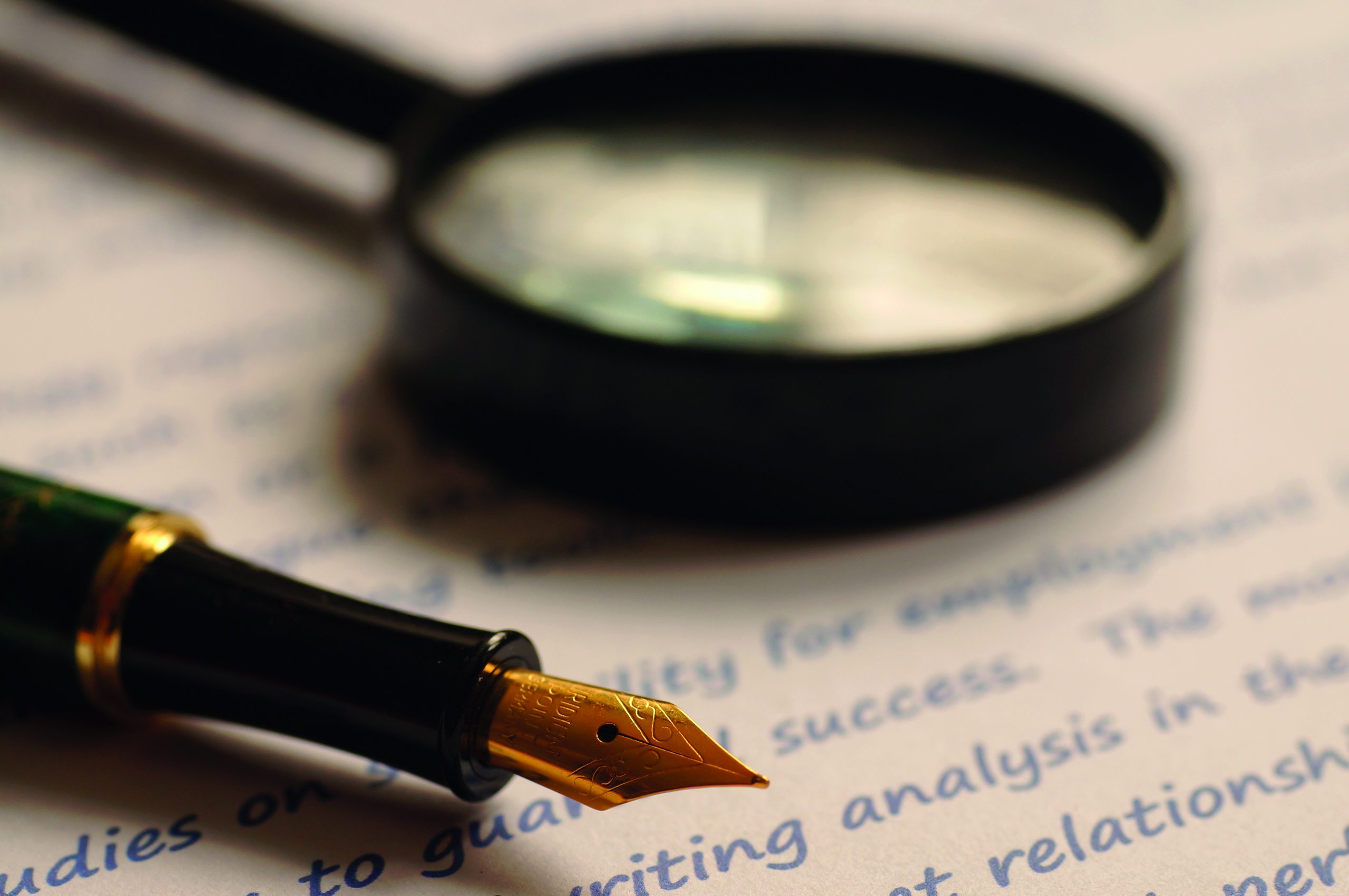
Graphology is the study of handwriting, especially when used to infer a person's character. Is it science or pseudoscience? Opinions vary widely. Some believe it offers deep insights into personality traits, while others dismiss it as mere guesswork. This blog post will present 45 facts about graphology to help you form your own opinion. From its historical roots to modern applications, we'll cover the basics, the controversies, and everything in between. Whether you're a skeptic or a believer, these facts will provide a comprehensive look at this intriguing field. Ready to dive into the world of handwriting analysis? Let's get started!
Key Takeaways:
- Handwriting can reveal personality traits and has practical applications in fields like psychology, forensics, and employment screening. Despite criticism, graphology remains popular and continues to evolve with technology.
- Graphology has a fascinating historical background and has made its way into popular culture, with movies, TV shows, and self-help books featuring handwriting analysis. It's not just serious business; it's also fun and quirky!
What is Graphology?
Graphology is the study of handwriting, especially when employed as a means of analyzing character and personality traits. This fascinating field has intrigued many for centuries.
- Graphology comes from the Greek words "grapho" (to write) and "logos" (study).
- The practice dates back to the 17th century.
- Jean Hippolyte Michon, a French priest, coined the term "graphology" in 1871.
- Graphologists believe handwriting can reveal over 5,000 personality traits.
- Handwriting analysis is used in various fields, including psychology, forensics, and employment screening.
Historical Background of Graphology
Understanding the history of graphology helps appreciate its development and significance over time.
- The first known book on handwriting analysis was published in 1622 by Camillo Baldi.
- In the 19th century, graphology gained popularity in Europe.
- Ludwig Klages, a German philosopher, made significant contributions to graphology in the early 20th century.
- The International Graphological Society was founded in 1929.
- Graphology was used during World War II to analyze the handwriting of enemy leaders.
How Graphology Works
Graphologists examine various aspects of handwriting to draw conclusions about a person's character.
- They analyze slant, size, pressure, and spacing of letters.
- A rightward slant may indicate an outgoing personality.
- Large handwriting often suggests confidence and extroversion.
- Heavy pressure can signify strong emotions or stress.
- Wide spacing between words might indicate a need for personal space.
Applications of Graphology
Graphology isn't just for fun; it has practical applications in several fields.
- Employers sometimes use graphology for hiring decisions.
- It can help in career counseling by identifying strengths and weaknesses.
- Forensic experts use handwriting analysis to verify signatures.
- Graphology can assist in psychological assessments.
- Some therapists use it to understand their clients better.
Controversies and Criticisms
Despite its popularity, graphology has faced significant criticism and skepticism.
- Many scientists consider it a pseudoscience.
- Studies have shown mixed results regarding its accuracy.
- Critics argue that handwriting can be influenced by many factors, making analysis unreliable.
- Some believe graphology is no more accurate than astrology.
- Despite criticism, graphology remains popular in some circles.
Famous Graphologists
Several individuals have made notable contributions to the field of graphology.
- Jean-Charles Gille-Maisani was a renowned French graphologist.
- Max Pulver developed the theory of graphotherapy.
- Klara Roman authored several influential books on handwriting analysis.
- Andrea McNichol is a well-known American graphologist.
- Sheila Lowe has written extensively on the subject and offers courses in graphology.
Fun Facts About Graphology
Graphology isn't just serious business; it has some fun and quirky aspects too.
- Some people believe you can tell if someone is lying by their handwriting.
- Handwriting can change with mood, making analysis tricky.
- Graphology is sometimes used in matchmaking to find compatible partners.
- Famous personalities like Albert Einstein and Sigmund Freud had their handwriting analyzed.
- Graphologists claim that even doodles can reveal personality traits.
Graphology in Popular Culture
Graphology has made its way into various aspects of popular culture.
- Movies and TV shows often feature graphologists solving crimes.
- Some celebrities have had their handwriting analyzed publicly.
- Graphology books are popular in the self-help genre.
- Online graphology courses and workshops are widely available.
- Social media platforms have communities dedicated to handwriting analysis.
The Future of Graphology
As technology advances, graphology continues to evolve and adapt.
- Digital handwriting analysis tools are being developed.
- Artificial intelligence is being used to improve the accuracy of graphology.
- Some companies offer online handwriting analysis services.
- Graphology apps are available for smartphones.
- Despite technological advancements, traditional graphology remains popular.
The Final Word on Graphology
Graphology, the study of handwriting, offers a fascinating glimpse into personality traits, emotional states, and even potential health issues. While some view it as a pseudoscience, others find value in its insights. Whether you're a skeptic or a believer, understanding the basics of graphology can add an interesting layer to how you perceive written communication. From analyzing slants and loops to examining pressure and spacing, each element of handwriting tells a story. Remember, though, that graphology shouldn't replace professional psychological assessments. It's a tool, not a definitive answer. So next time you jot down a note or sign your name, think about what your handwriting might be saying about you. Curious minds can always dive deeper into this intriguing field, but for now, you've got a solid foundation to start with. Happy writing!
Frequently Asked Questions
Was this page helpful?
Our commitment to delivering trustworthy and engaging content is at the heart of what we do. Each fact on our site is contributed by real users like you, bringing a wealth of diverse insights and information. To ensure the highest standards of accuracy and reliability, our dedicated editors meticulously review each submission. This process guarantees that the facts we share are not only fascinating but also credible. Trust in our commitment to quality and authenticity as you explore and learn with us.


